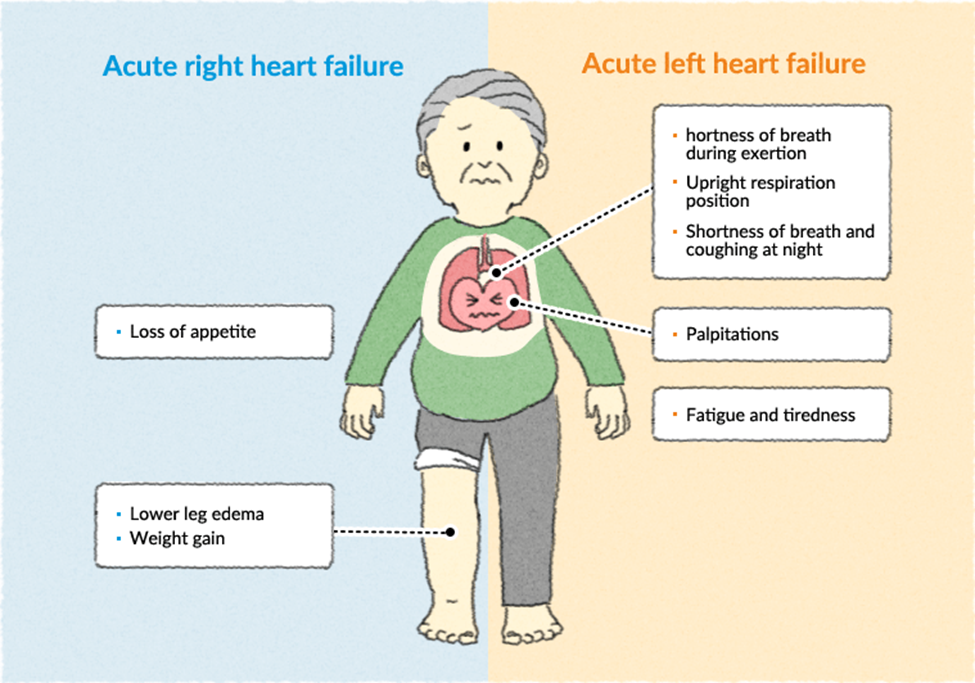The parents of a child with juvenile idiopathic arthritis call the clinic nurse because the child is experiencing a painful exacerbation of the disease. The parents ask the nurse if the child can perform range-of-motion exercises at this time. The nurse would make which response?
"Range-of-motion exercises must be performed every day."
"Administer additional pain medication before performing range-of-motion exercises."
"Have the child perform simple isometric exercises during this time."
"Avoid all exercise during painful periods."
The Correct Answer is C
A. "Range-of-motion exercises must be performed every day."
Explanation: While range-of-motion exercises are important for maintaining joint flexibility in juvenile idiopathic arthritis, it is not advisable to perform these exercises during painful exacerbations. The frequency and intensity of exercises may need to be adjusted based on the child's current condition.
B. "Administer additional pain medication before performing range-of-motion exercises."
Explanation: While pain management is important in the care of a child with juvenile idiopathic arthritis, relying solely on pain medication before exercises may not be the most effective approach. Isometric exercises that are less likely to cause pain can be a better option during exacerbations.
C. "Have the child perform simple isometric exercises during this time."
Explanation:
During a painful exacerbation of juvenile idiopathic arthritis, it is important to maintain joint flexibility and prevent joint contractures. Simple isometric exercises that do not involve joint movement can help in maintaining muscle strength and joint flexibility without exacerbating pain. Range-of-motion exercises may be too painful during an exacerbation, but isometric exercises can be less painful and still beneficial.
D. "Avoid all exercise during painful periods."
Explanation: Complete avoidance of exercise during painful periods is not recommended. Maintaining joint flexibility and muscle strength is important for managing juvenile idiopathic arthritis. However, the type and intensity of exercises should be adjusted based on the child's pain level during exacerbations.
Nursing Test Bank
Naxlex Comprehensive Predictor Exams
Related Questions
Correct Answer is B
Explanation
A. Shows preferences towards foods
Explanation: Showing preferences towards foods, such as liking some tastes more than others, is a normal developmental behavior in infants. It is not typically a cause for concern.
B. Babbles one-syllable sounds
Explanation:
By the age of 7 months, most infants should be engaging in babbling with repetitive consonant-vowel combinations. If an infant is only producing one-syllable sounds at this age, it might be a potential sign of delayed language development. Further evaluation by a healthcare provider, such as a pediatrician or a speech-language pathologist, may be warranted to assess the child's language and communication skills.
C. Uses a unidextrous grasp
Explanation: A unidextrous grasp, where the infant uses one hand to grasp objects, is a typical developmental milestone at this age. Infants typically begin to show a dominant hand preference later in their development.
D. Has a fear of strangers
Explanation: Fear of strangers, often referred to as "stranger anxiety," is a normal developmental stage that typically emerges around 6 to 9 months of age. It is a sign of social and cognitive development and is not generally a cause for concern.
Correct Answer is A
Explanation
A. Orthopnea
Explanation:
Orthopnea refers to difficulty breathing that occurs when lying flat. In heart failure, fluid may accumulate in the lungs, leading to respiratory distress when the child is in a supine position. Orthopnea is a common symptom of heart failure in both adults and children.
B. Bradycardia
Explanation: Bradycardia (slow heart rate) is not a typical finding in heart failure. Heart failure often leads to compensatory mechanisms, including an increased heart rate (tachycardia), to maintain cardiac output.
C. Weight loss
Explanation: Weight loss is not a typical finding in heart failure. In fact, heart failure in children may lead to fluid retention and weight gain rather than weight loss.
D. Increased urine output
Explanation: Heart failure in toddlers is more likely to be associated with decreased urine output rather than increased urine output. Reduced cardiac output can result in decreased blood flow to the kidneys, leading to decreased urine production and potential fluid retention. Increased urine output is not a characteristic finding in heart failure.

Whether you are a student looking to ace your exams or a practicing nurse seeking to enhance your expertise , our nursing education contents will empower you with the confidence and competence to make a difference in the lives of patients and become a respected leader in the healthcare field.
Visit Naxlex, invest in your future and unlock endless possibilities with our unparalleled nursing education contents today
Report Wrong Answer on the Current Question
Do you disagree with the answer? If yes, what is your expected answer? Explain.
Kindly be descriptive with the issue you are facing.
